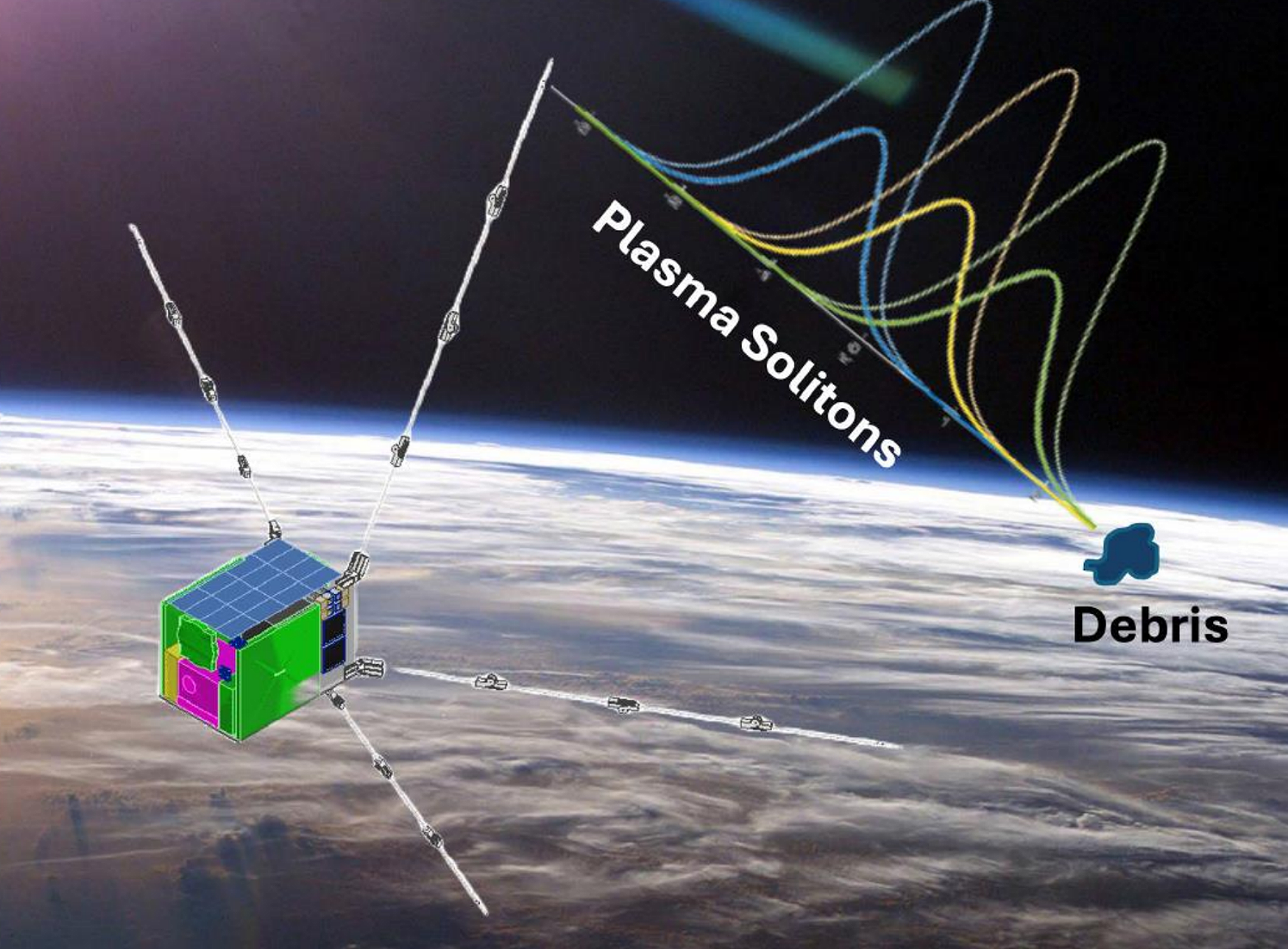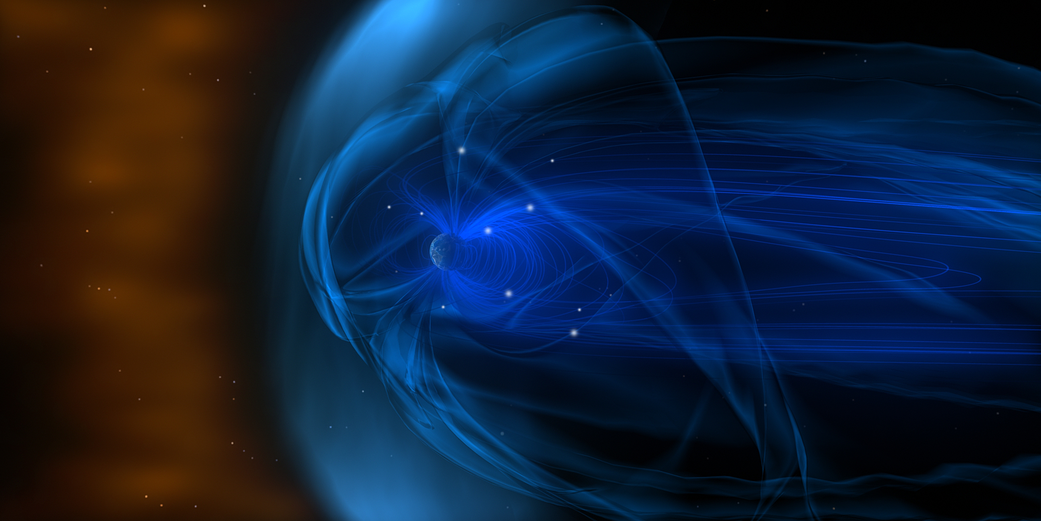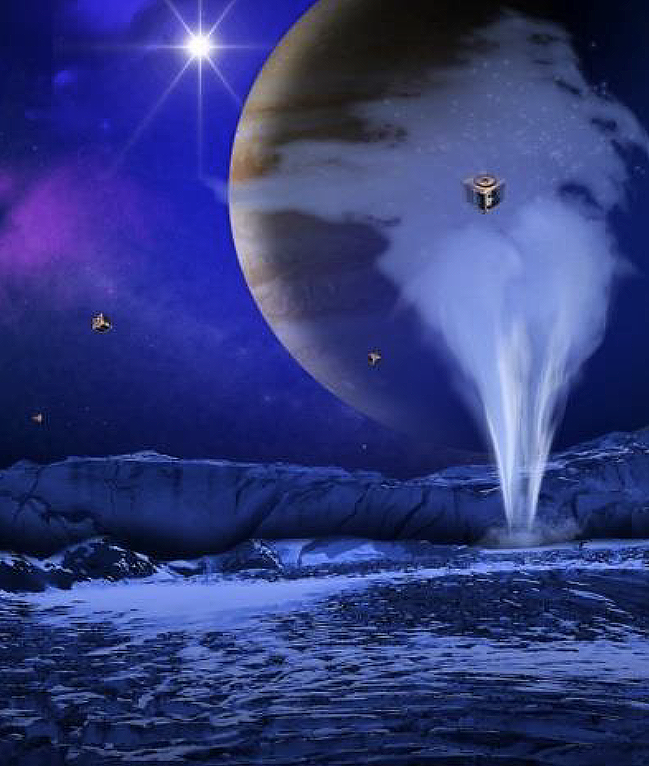Christine Hartzell
University of Maryland, College Park
The proposed investigation will address key technological challenges associated with a previously funded NIAC Phase I award titled “On-Orbit, Collision-Free Mapping of Small Orbital Debris”. Sub-cm orbital debris in LEO is not detectable or trackable using conventional technologies and poses a major hazard to crewed and un-crewed spacecraft. Orbital debris is a concern to NASA, as well as commercial and DoD satellite providers. In recent years, beginning with our NIAC Phase I award, we have been developing the idea that the sub-cm orbital debris environment may be monitored by detecting the plasma signature of the debris, rather than optical or radar observations of the debris itself. Our prior work has shown that sub-cm orbital debris may produce plasma solitons, which are a type of wave in the ionosphere plasma that do not disperse as readily as traditional waves. Debris may produce solitons that are co-located with the debris (called pinned solitons) or that travel ahead of the debris (called precursor solitons). We have developed computational models to predict the characteristics of the plasma solitons generated by a given piece of debris. These solitons may be detectable by 12U smallsats outfitted with multi-needle Langmuir probes.
In this Phase II NIAC award, we will address two key technical challenges that significantly effect the value of soliton-based debris detection: 1. Develop an algorithm to constrain debris size and speed based on observed soliton characteristics. Our prior investigations have produced predictions of soliton characteristics as a function of debris characteristics. However, the inverse problem is not analytically solvable. We will develop machine learning algorithms to address this challenge. 2. Evaluate the feasibility and value of detecting soliton velocity. Multiple observations of the same soliton may allow us to constrain the distance that the soliton has traveled from the debris. When combined with the other characteristics of the soliton and knowledge of the local plasma environment, back propagation of the soliton in plasma simulations may allow us to extract the position and velocity vectors of the debris. If it is possible to determine debris size, position and velocity from soliton observations, this would provide a breakthrough in space situational awareness for debris that is currently undetectable using conventional technology. However, even if only debris size and speed can be inferred from soliton detections, this technology is still a revolutionary improvement on existing methods of characterizing the debris flux, which provide data only on a multi-year cadence. This proposed investigation will answer key technological questions about how much information can be extracted from observed soliton signals and trade mission architectures for complexity and returned data value. Additionally, we will develop a roadmap to continue to advance this technology.
































